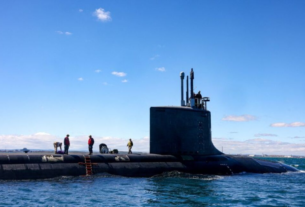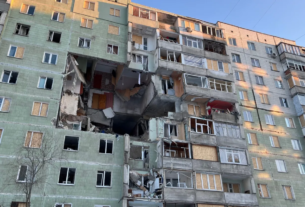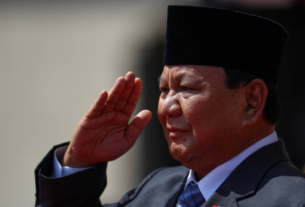A temporary pause in fighting has taken place in Gaza. This ceasefire follows weeks of intense conflict between Israeli forces and Hamas.
The pause has allowed some humanitarian aid to enter the region. However, the underlying issues remain unresolved, keeping tensions high.
The conflict has caused widespread devastation in Gaza. Thousands of civilians have been displaced from their homes due to the violence.
Infrastructure in Gaza has been severely damaged. Hospitals, schools, and water supplies have suffered extensive destruction.
Aid organizations have struggled to provide relief. Restricted access and ongoing insecurity have made their efforts more challenging.
The ceasefire agreement includes the release of hostages held by Hamas. In exchange, Israel has agreed to free Palestinian detainees held in custody.
International parties have mediated these negotiations. Their involvement highlights the complexity of the situation and the need for external facilitation.
Despite the pause, tensions remain high between the two sides. Israeli officials have warned that military operations may resume if attacks persist.
Hamas has indicated it will continue its resistance. Their demands for political recognition and sovereignty remain points of contention.
Data from the United Nations shows over 15,000 homes in Gaza have been destroyed or severely damaged. Many families remain homeless or are living in unsafe conditions.
Shortages of essential supplies, including food, medicine, and clean water, persist. These shortages exacerbate the already dire humanitarian crisis.
International agencies estimate that over 2 million people in Gaza require urgent assistance. The crisis has drawn significant global attention and concern.
Protests have taken place in many countries. Demonstrators have called for an end to violence and increased humanitarian support for those affected.
Governments and organizations have pledged aid to Gaza. Logistical challenges and security risks have delayed the delivery of critical supplies.
For civilians, the ceasefire offers a brief opportunity to recover. Families are reuniting and trying to rebuild their lives amid uncertainty.
Many are gathering essential supplies during this period of calm. Others are seeking medical care for injuries or illnesses caused by the conflict.
The threat of renewed violence continues to loom over the region. This uncertainty makes rebuilding efforts both urgent and fragile.
The international community continues to advocate for a broader resolution to the conflict. Proposals like a two-state solution remain central to discussions.
These proposals face significant political and logistical obstacles. Progress has been slow, and tensions between the parties complicate negotiations.
Your understanding of the conflict in Gaza helps raise awareness of these global issues. Staying informed supports calls for humanitarian aid and lasting peace-building efforts.
The fighting has paused, but the root causes of the conflict remain unresolved. Addressing these challenges will require sustained effort and commitment from all involved parties.




